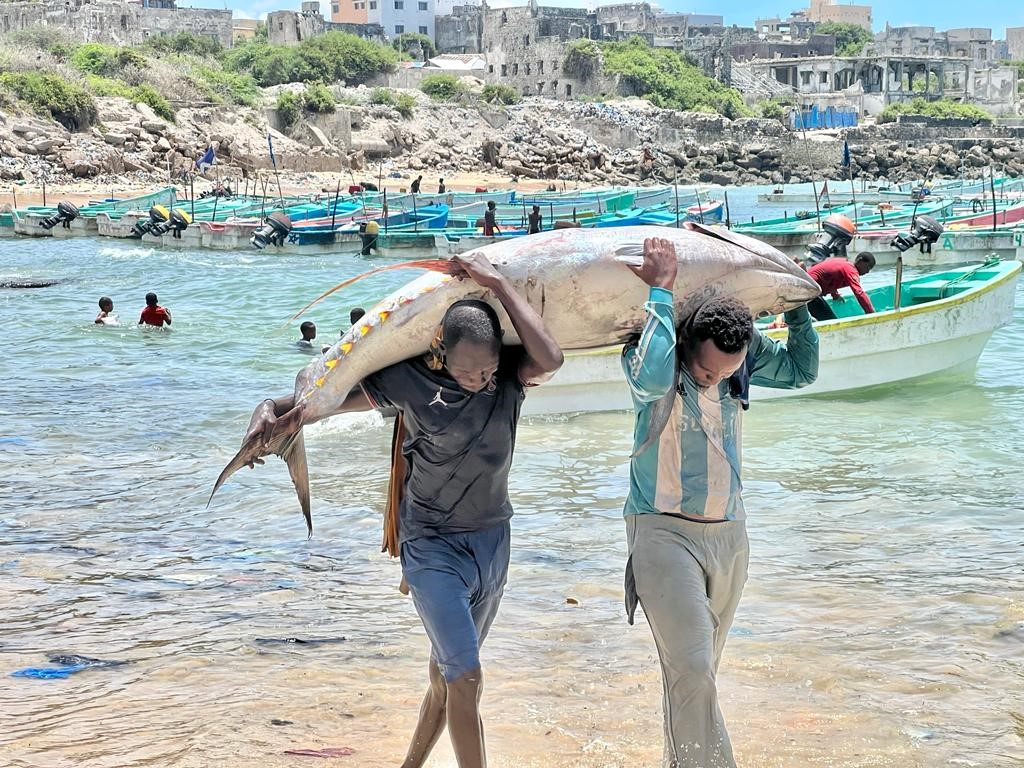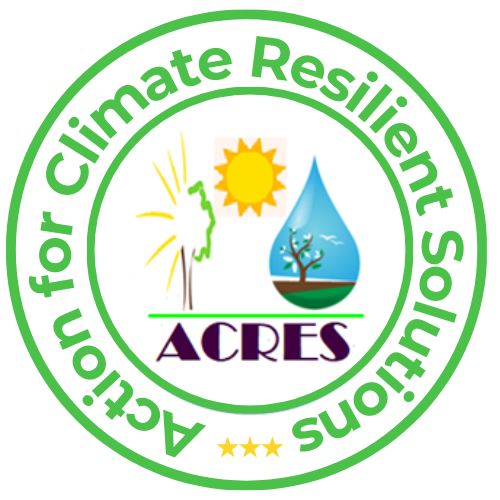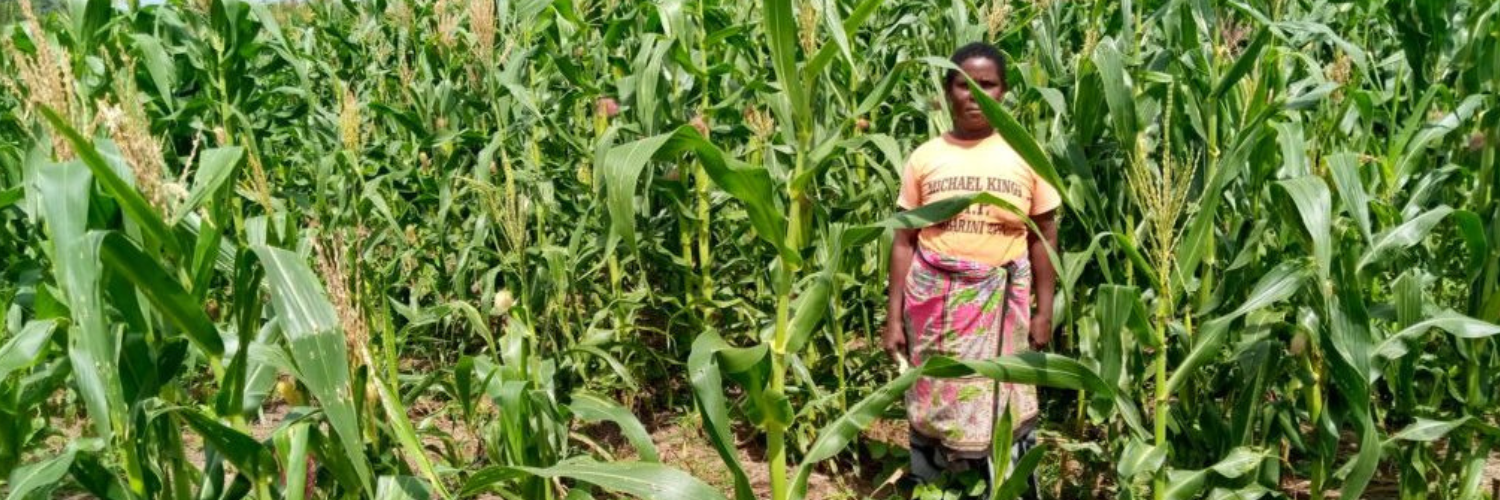
Climate Smart Food Production
Climate Smart Crop Production
Our objectives of climate-smart agriculture is to sustainably increase agricultural productivity and incomes; adapt and build resilience to climate change; and reduce or remove greenhouse gases, where possible. On account of that, we promote climate smart crop production through agroforestry, intercropping, conservation agriculture, crop rotation, soil management, integrated crop-livestock management, post-harvest management, improved water management, etc., to sustainably increase agricultural productivity and incomes (food security); adapt and build resilience to climate change (adaptation); and reduce and/or remove greenhouse gas emissions (mitigation), where possible. We augment these Techniques and tools aren’t enough to guarantee the success of Climate Smart Agriculture; therefore, we empower farmers to have the skills, knowledge, and well-being to evaluate and make their own informed decisions about their farming practices.
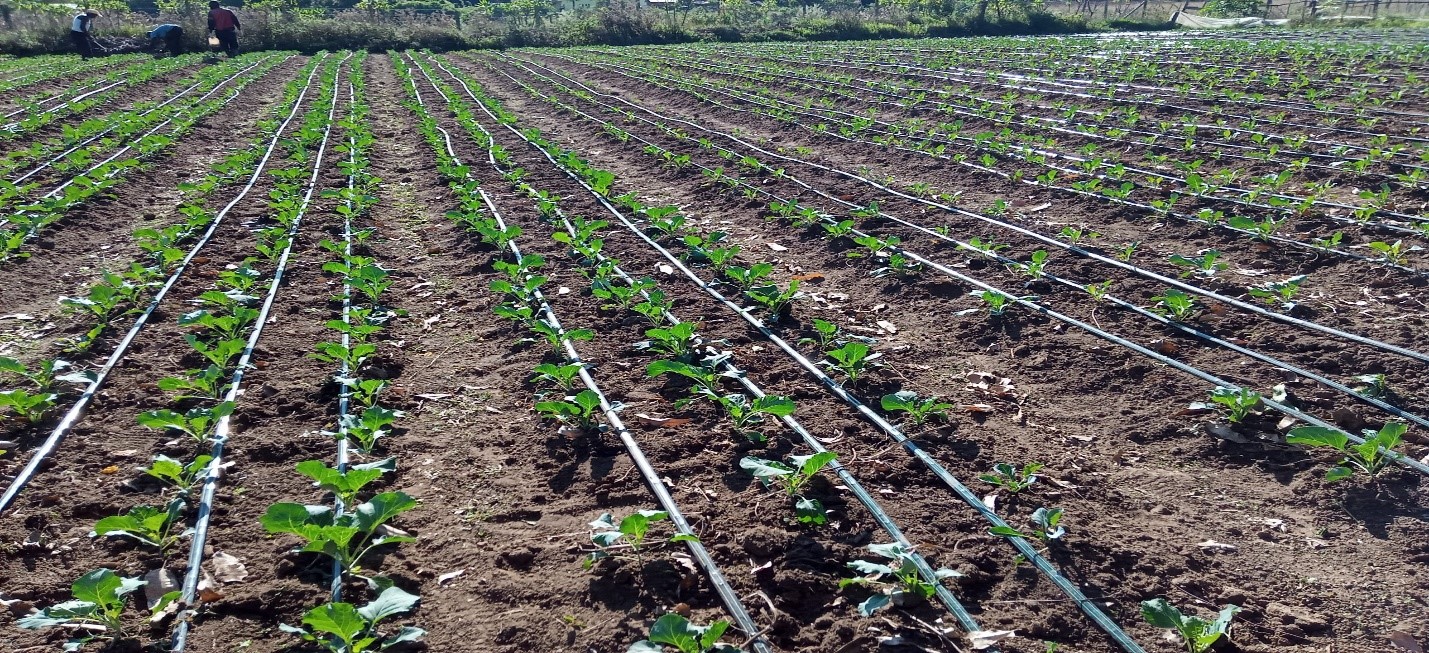
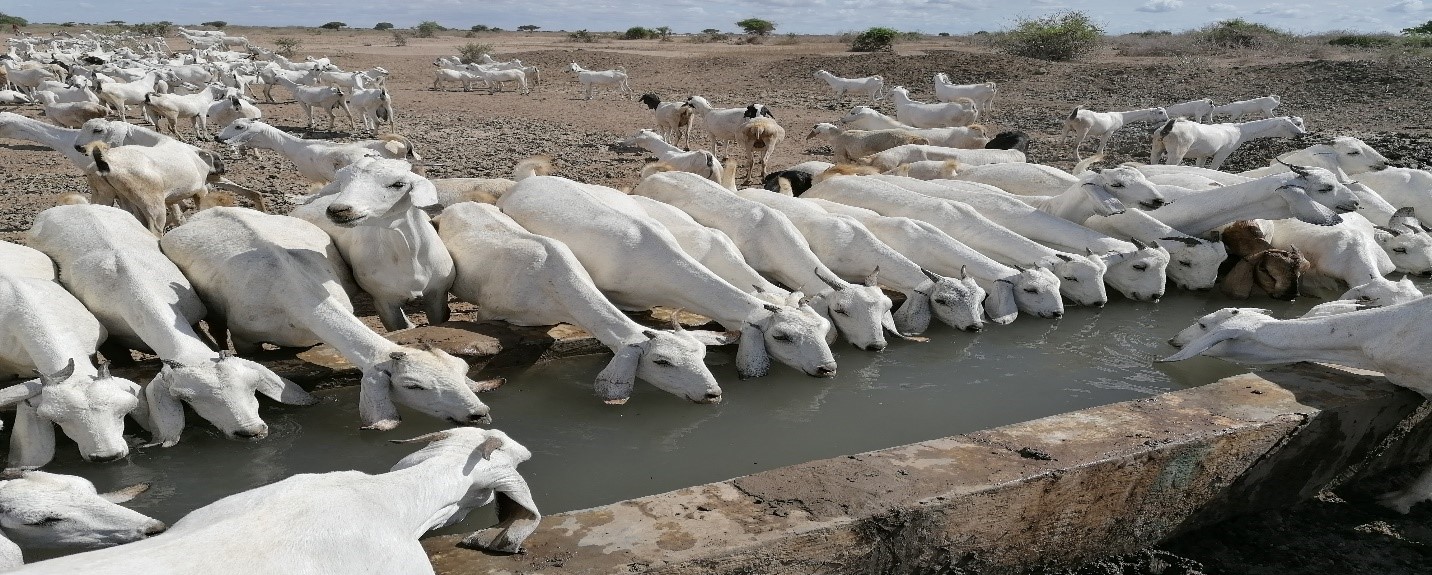
Climate Smart Livestock Production (CSLP)
We promote climate smart livestock production to reduce of Greenhouse Gas (GHG) emissions through improved livestock productivity, efficient use of natural resources, carbon sequestration and integration of livestock into the circular bioeconomy. Other CSLP solutions focus solely on climate change adaptation. We improve livestock productivity either by increasing the output (e.g. increased milk production) or by decreasing inputs while maintaining the same output, for example by using higher quality feed rations. Extensive livestock keepers can adapt to climate change in various ways including the following:
Climate Smart Fisheries
We promote Climate-smart approaches in fisheries to address three key objectives. The first objective is connected to the overarching goal of achieving sustainable food systems, and encompasses the environmental, social and economic aspects of fisheries, including both commercial fleets and artisanal fisheries. The second objective focuses on the need to reduce the vulnerability of the sector to the impacts of climate change and build the sector’s resilience so that it can cope with the impacts climate variability and climate change are projected to have on the availability of resources, and with natural disasters caused by an increased incidence of severe weather episodes. The third objective is to enable the sector, where possible, to contribute to the mitigation of greenhouse gases emissions during the harvest and production stages and throughout the entire value chain, which, given the high level of processing, transport and marketing activities involved in the sector, is extremely important. Climate-smart approaches in this sector are connected with most, if not all, of the major cross-cutting themes of sustainable development. As in other sectors, several issues need to be recognized and reconciled for climate-smart approaches to become the default pathway for development.
